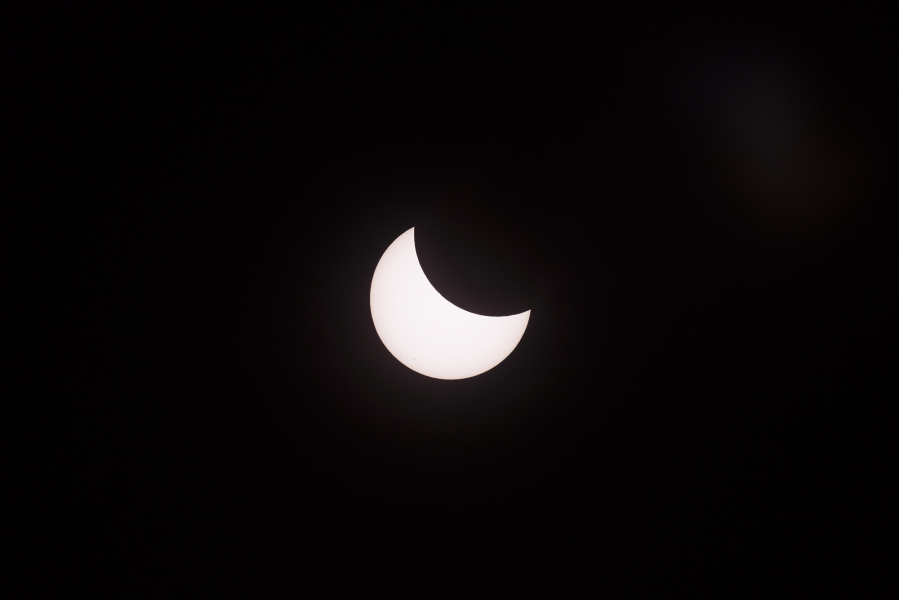We mostly rely on our archive material each December in determining The Columbian’s story of the year.
Late-breaking input is infrequent, and scientific data is rare.
So it was interesting to see research reflecting two news topics in Sunday’s look at the year’s top 10 stories.
They included our No. 1 story, the Columbia River Gorge fires, with a particular nod to the blaze in Skamania County.
After starting in Oregon, “The fire jumped the river and started burning in Washington because of embers,” Oregon State University researcher David Blunck said.
It was part of a December report describing how smaller branches of trees are more effective in creating embers.
Also called firebrands, the airborne embers are the biggest challenge for crews fighting wildland fires, said the assistant professor of mechanical engineering.
In the Gorge, “We estimate that the fire jumped 2 miles across the river,” he said in a phone interview.
“That illustrates the challenge of firebrands — how to prepare for them. You can’t, in some situations,” Blunck said.
“Often, there can be a rainstorm of firebrands.”
Field research included working with the Forest Service on controlled burns. Some of the findings came from infrared video and by measuring scorches on squares of fire-resistant fabric placed at varying distances from the fire.
Wood samples measured 6 mm (about a quarter of an inch) and 2 mm. Smaller samples generated embers about five times as fast as the quarter-inch samples. (Larger diameters were less likely to break and create an ember.)
Eyes on the sky
The Aug. 21 eclipse tied for No. 8 on our list and was a big national story, too. It was America’s first coast-to-coast total solar eclipse since 1918.
A University of Michigan study found that 88 percent of American adults (about 215 million) viewed it directly or electronically. About 154 million watched it with eclipse glasses or pinhole viewers. Around 61 million saw it electronically. (About 240 million Americans, three-quarters of the population, are 18 and older.)
Clark County residents who drove south to witness totality in Oregon were among 20 million American adults who traveled from their home areas to watch it. That’s roughly equivalent to the population of New York state.
Off Beat lets members of The Columbian news team step back from our newspaper beats to write the story behind the story, fill in the story or just tell a story.




